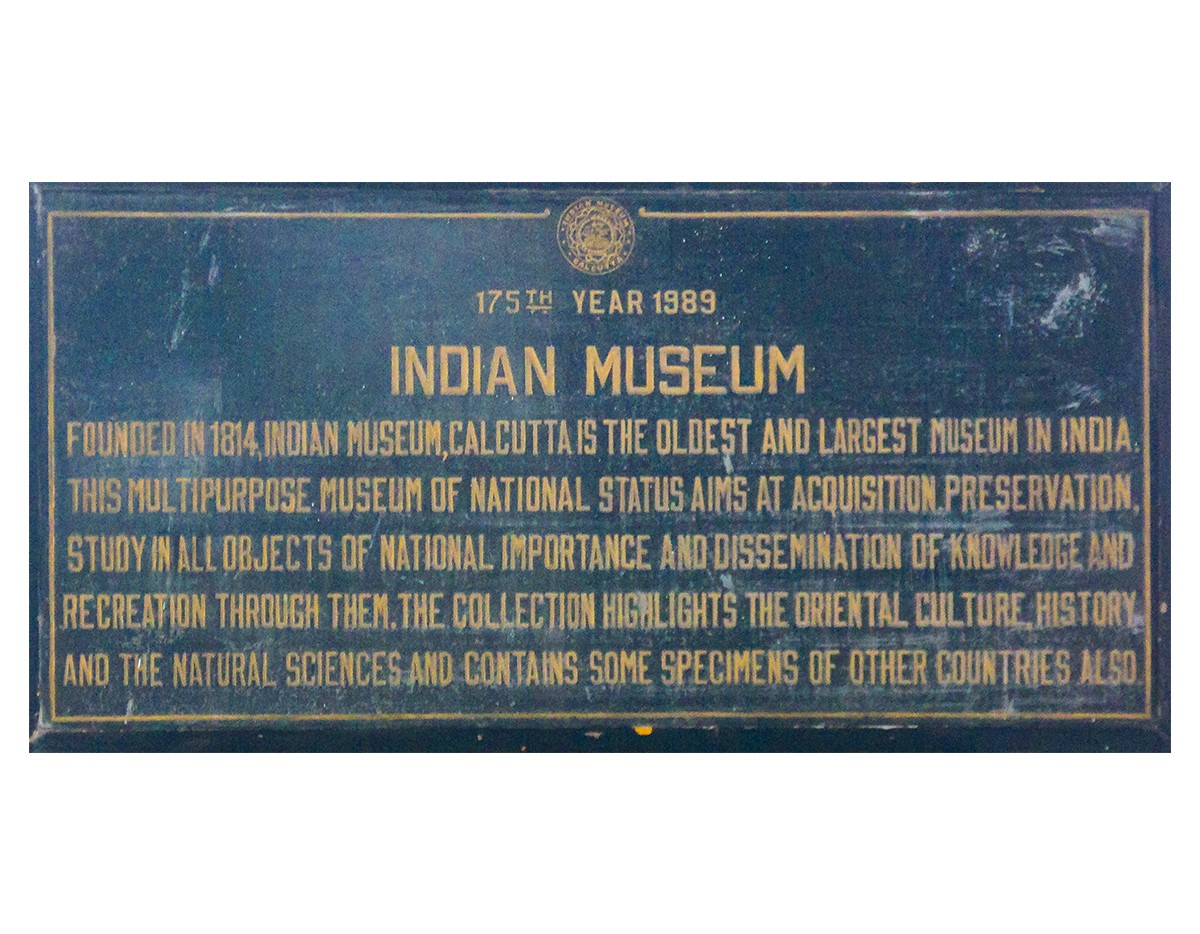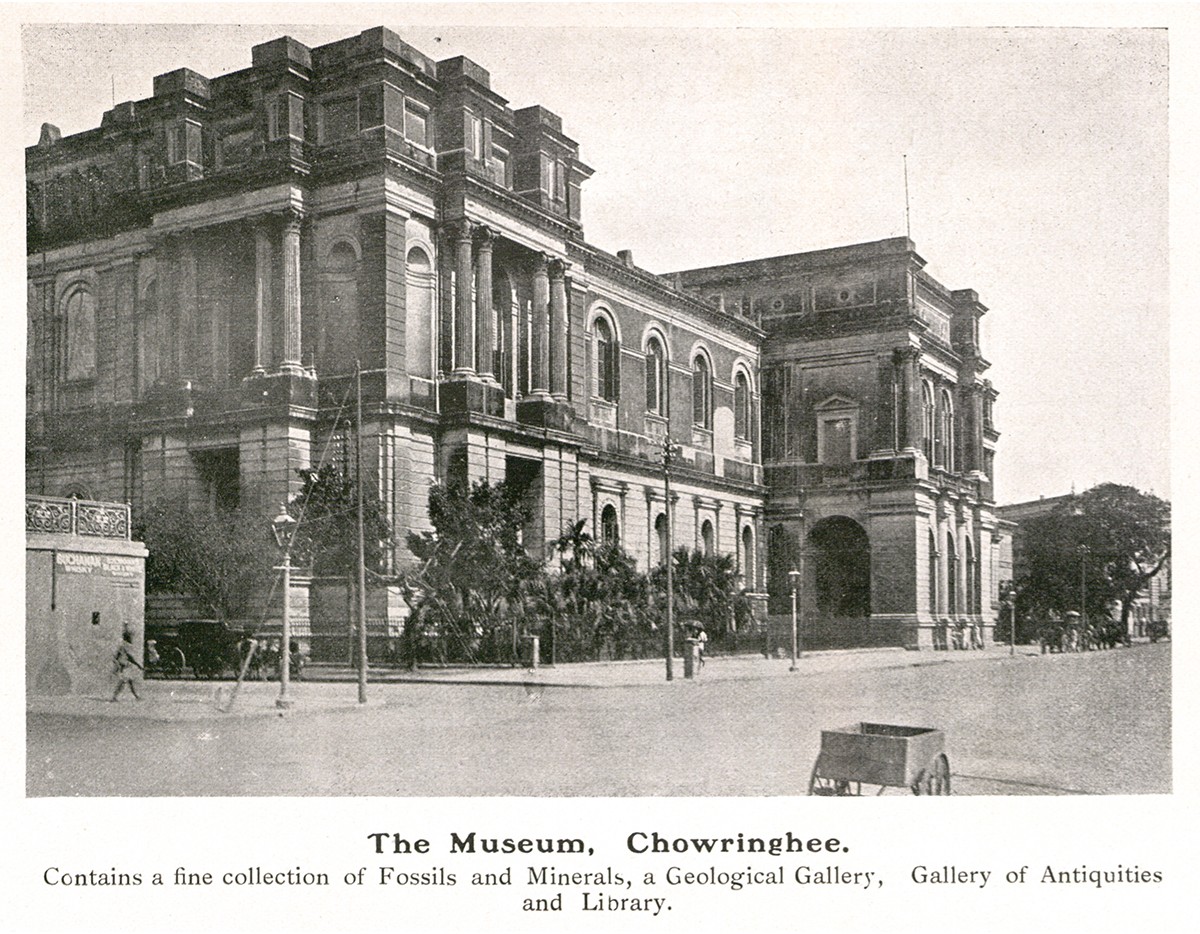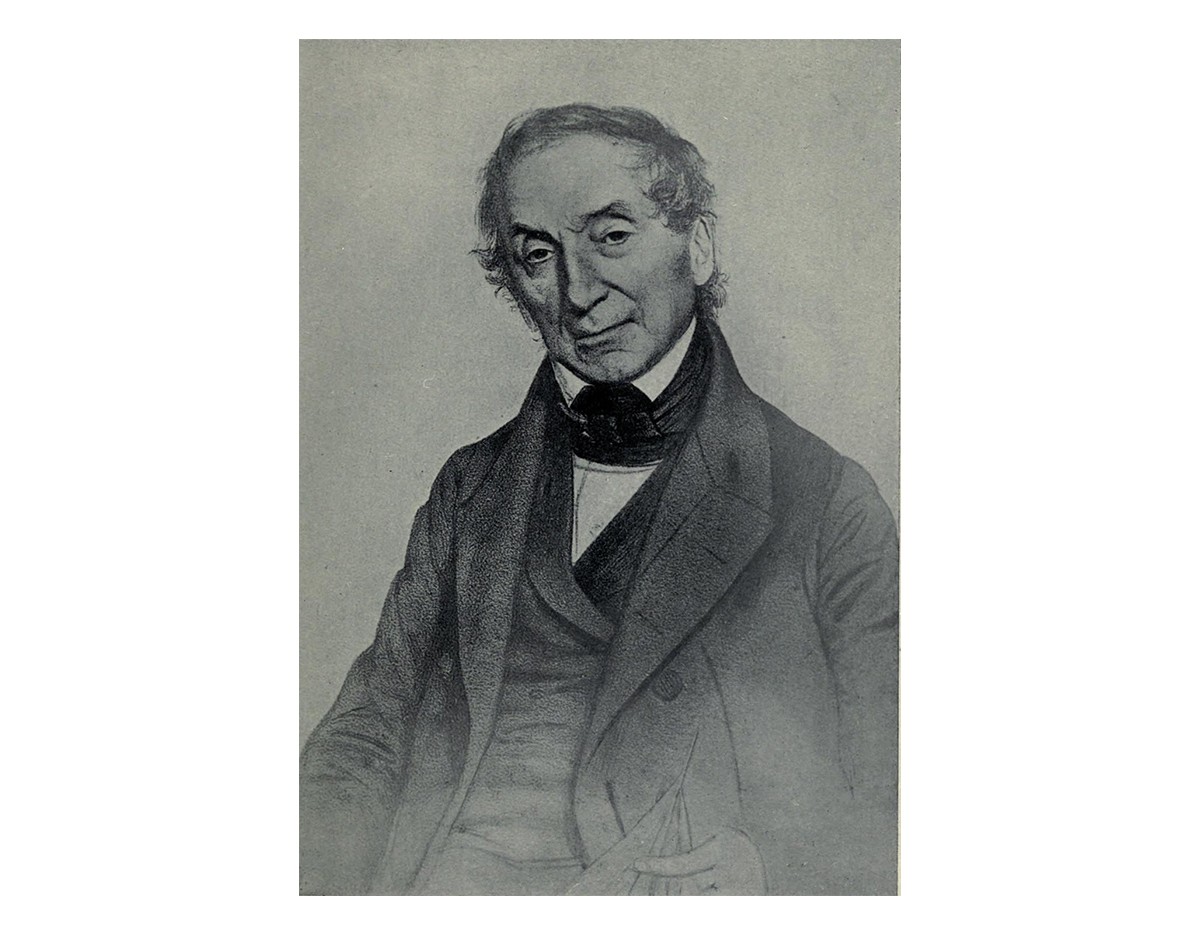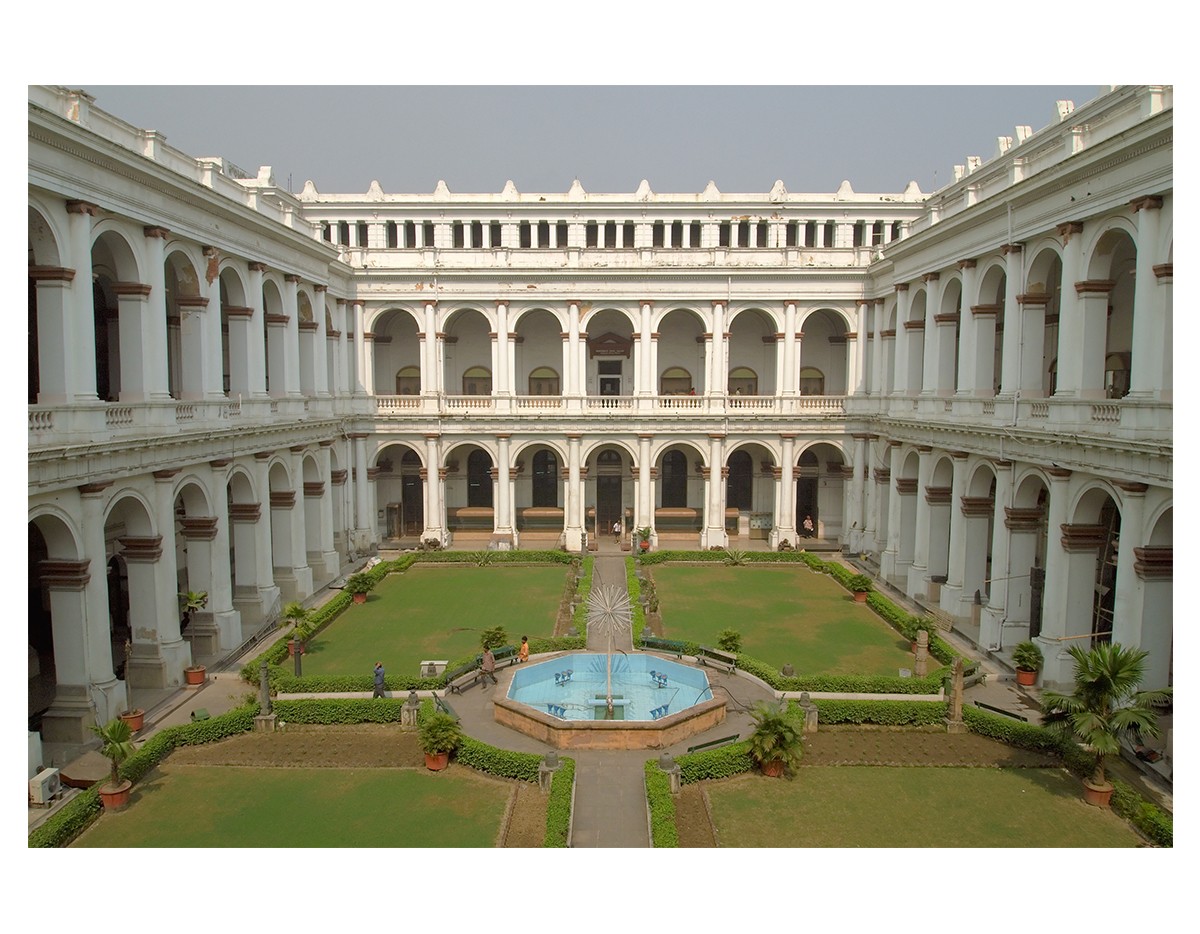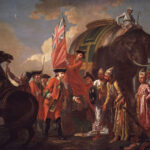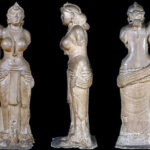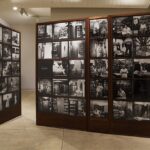The Indian Museum Is Inaugurated
1814
Founded by the Asiatic Society and populated by the Archaeological Survey of India (ASI), the Indian Museum becomes the first of several museums set up in British India. Museums are initially built to offer a visual display of the frameworks through which the history of art in the subcontinent is collected, documented and categorised, primarily by colonial officers and Britain-educated Indian scholars working with them. The narrative of Indian art history, its segmentation and evaluation along religious lines, the application of Victorian ethical models of interpretation, and the attempts at drawing parallels with European art, is constructed through the curation of these objects in public museums, both in India and the West.
Although South Asian writers and institutions will subsequently reclaim these narratives in many ways, the core practice of relocating historical artefacts to a sanitised museum space where they lose their original context will continue to be debated among scholars of postcolonial theory.
Bibliography
Guha, Ranajit. Dominance Without Hegemony: History and Power in Colonial India. Cambridge, MA: Harvard University Press, 1997.
Guha-Thakurta. Tapati. Monuments, Objects, Histories: Institutions of Art in Colonial and Postcolonial India. New York: Columbia University Press, 2004.
Metcalf, Thomas R. Ideologies of the Raj. Cambridge: Cambridge University Press, 1995.
Feedback 
This entry appears in
Art in South Asia
Visit Timeline
Associated Timeline Events
First Published: March 11, 2024
Last Updated: August 5, 2024



